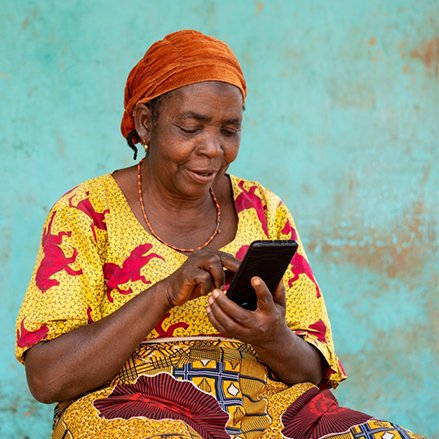Digital technologies are transforming economies, creating jobs, and improving lives. They have dramatically changed communications, business, health, education, finance and more.
Yet the digital divide remains stark and is becoming synonymous with a development divide. Billions of people around the world are still offline, and digital advancement has been uneven, exacerbating the gap between the digital haves and the have-nots.
This report tracks global progress of digitalization and countries’ production and use of digital technologies, from digital jobs, digital services exports, and app development to internet use, affordability, quality, and more.
The report also highlights policy shifts and debates, with a focus on developing countries. Two clear trends have emerged that are shaping our digital future: the importance of digital public infrastructure and the transformative emergence of artificial intelligence.
Closely measuring digital progress, especially in developing countries, will help policy makers and the private sector best direct their efforts to close the digital divide.







